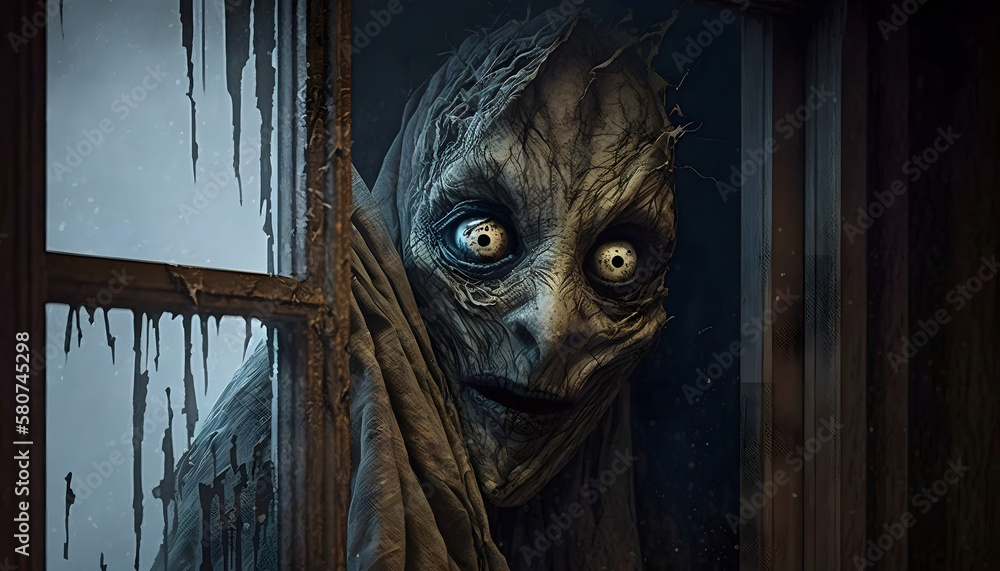Boogeyman

In the dimly lit corners of childhood memories, lurking beneath the bed or hiding in the shadows of closets, lies an entity that transcends cultures and generations – the infamous Boogeyman. This enigmatic figure has haunted the imaginations of children worldwide, inspiring fear and fascination for centuries. But what exactly is the Boogeyman, and why does it continue to captivate our collective psyche?
Origins and Evolution
The origins of the Boogeyman are shrouded in mystery, with traces of its existence found in folklore and oral traditions spanning continents. While the specific characteristics and names may vary, the essence of the Boogeyman remains consistent – a malevolent entity lurking in the darkness, ready to snatch away misbehaving children.
In medieval Europe, parents warned their children of creatures like the “Bogey-beast” or “Sack Man,” said to roam the streets at night, preying on disobedient youngsters. Similarly, in African folklore, tales of the Tokoloshe or Tikoloshe describe a small, hairy creature used by adults to scare children into obedience.
As societies evolved, so too did the Boogeyman, adapting to cultural shifts and technological advancements. In the modern era, the Boogeyman has taken on new forms, often depicted as a faceless entity or a sinister presence lurking in cyberspace, reflecting contemporary fears of the unknown and the dangers of the digital world.
Cultural Significance
Beyond its role as a mere frightful tale, the Boogeyman serves a deeper cultural purpose, acting as a cautionary figure designed to instill discipline and conformity in children. By invoking fear of the unknown, parents and caregivers seek to regulate behavior and enforce societal norms, using the Boogeyman as a tool for socialization.
The Boogeyman embodies universal fears inherent in the human experience – fear of darkness, of the unseen, and of the consequences of disobedience. In confronting these fears through storytelling, children are able to navigate their anxieties and develop coping mechanisms, ultimately emerging stronger and more resilient.
The Boogeyman is not solely a product of parental admonition; it also serves as a symbol of rebellion and defiance against authority. In subverting the expectations imposed by adults, children reclaim power over their fears, transforming the Boogeyman from a source of terror into a source of empowerment.
Conclusion
The Boogeyman continues to endure as a timeless symbol of childhood fear and resilience, transcending cultural boundaries and leaving an indelible mark on the collective imagination. While its origins may remain elusive, its significance as a cultural phenomenon cannot be denied.
